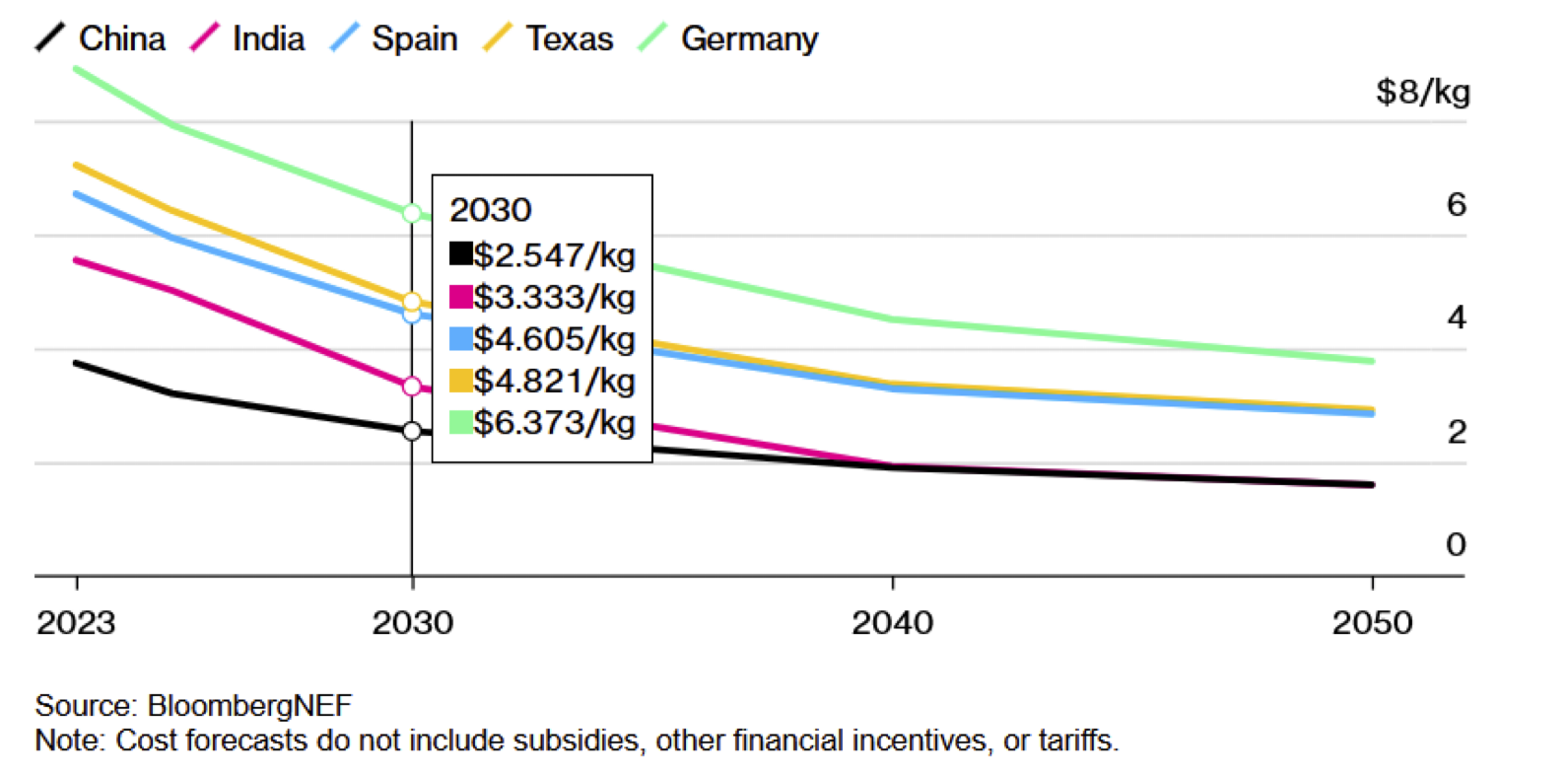The new government is planning the optimised expansion of the energy infrastructure on the basis of the ÖNIP - good luck with that - one can only wish.
As already emphasised in the critical appraisal of the Austrian NIP Part I, the further development of the Austrian NIP must be driven forward by experienced experts and its implementation monitored by professionals in order to do justice to the task at hand.
In addition to the (serious) bugs described in Part I, there are also some inconsistencies in the ÖNIP that have not yet been conclusively described. For the planned hydrogen (hereinafter referred to as H2) ramp-up, the future H2 demand was determined based on the information provided by the companies concerned and an H2 pipeline infrastructure was roughly designed on this basis. This took into account the cost-saving possibility of converting/adapting existing natural gas pipelines to H2 pipelines. Unfortunately, a pressurisation option was left out of the planning. The H2 infrastructure cannot function without compressor stations (in the initial phase, H2 pore storage could take over this function to a limited extent). This necessity has not yet been taken into account in the previous ÖNIP.
Since it is not yet known how high the minimum H2 pipeline operating pressure must be - for example, it is not known what minimum inlet pressure will be required by H2-fuelled gas turbines or other relevant H2 consumers - it is also not possible to know how much differential pressure (maximum minus minimum pipeline operating pressure) will be available to overcome the pipeline pressure losses. This means that it is also not possible to calculate well-founded H2 transport capacities (Nm3/h). How these provisional maximum transport capacities were arrived at is completely beyond me.
As already mentioned in the article"Hydrogen storage so far "forgotten" - status quo?", the large-volume, safe and efficient storage of natural gas and future "green" hydrogen in underground gas storage facilities is an irreplaceable cornerstone of a secure energy infrastructure. Surprisingly, hydrogen storage systems have not been focussed on until now - not even in the ÖNIP. The question now arises as to how the H2 ramp-up can function at all without H2 storage? This is also against the background that the H2 storage capacities (withdrawal from and injection into the subsequent pipeline system) are essential for the dimensioning of the future H2 pipeline network.
In order to be able to plan a well-founded H2 ramp-up, it seems essential to find out the willingness to pay for H2 from future industrial customers and to calculate the required system capacities - i.e. pipeline transport and H2 storage capacities - on this basis (note: a non-binding demand survey has been carried out to date). This is particularly important in view of the fact that H2 production costs will not fall as quickly as assumed in the initial H2 euphoria - see the chart below, taken from Bloomberg, which illustrates the forecasts in this regard. It can be seen that competitive H2 production costs cannot be expected until 2050 - especially as the production costs do not yet include the H2 storage and transport costs.

It can now be argued that there is no way around the high prices for Austrian industry. This argument is not correct as Austrian industry, which is in global competition, must offer competitive prices, otherwise there is a risk of migration to other countries or even plant closures.
In order to be able to make cost-efficient investments worth billions in energy infrastructure, which is to be developed in the ÖNIP, a cost-optimised design of the same must be planned by professionals, as already mentioned.
To be continued.
